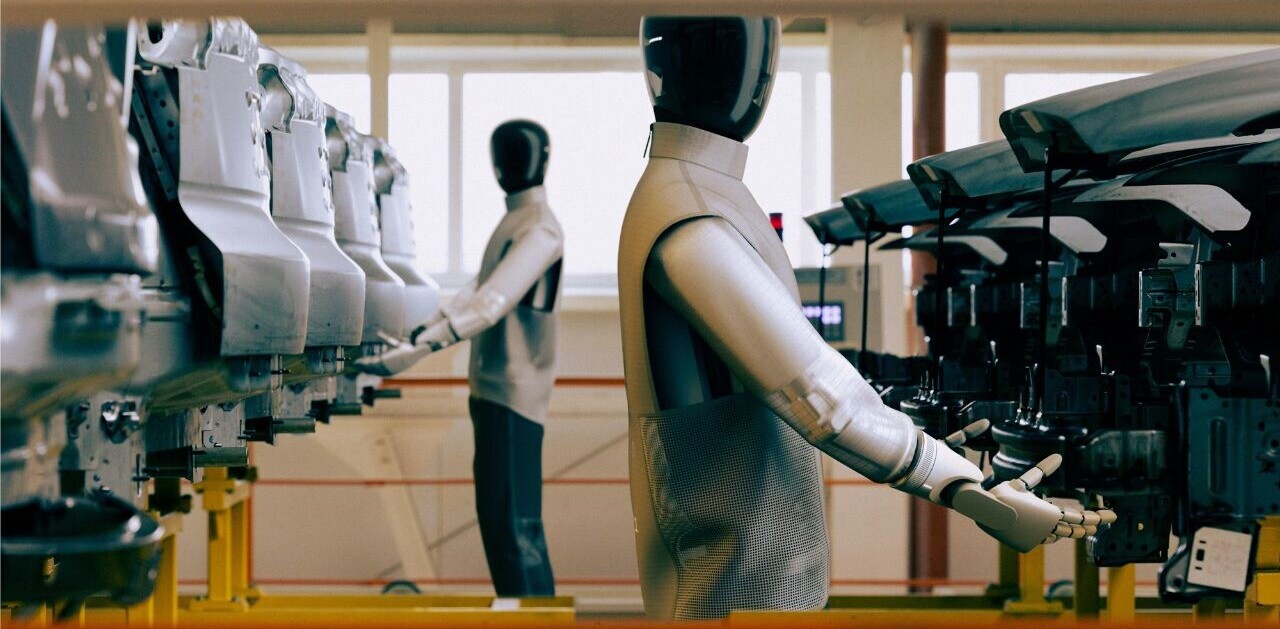
A team of researchers have built a vision implant with tiny electrodes the size of a neuron, seeking to help blind people see again.
The development of vision implants first emerged in the 1990s. The technology targets patients suffering from damage to the eye, but whose visual cortex— the brain’s visual centre — is active and able to receive signals.
But despite the solution’s potential, existing methods are limited by the large size of electrodes and metal corrosion. The research team claims to have addressed both challenges.
A new, nano-sized implant
Vision implants contain electrodes that send signals to the brain to convey visual information — much like pixels create an image.
By developing microscopic electrodes, the team was able to fit a larger number of them onto a single implant. This, in turn, enables higher brain stimulation and creates a more detailed image for the patient.
The level of detail plays a crucial role here. That’s because the image created with brain signals isn’t as clear as someone with full vision would see it.
The implant also uses a special mix of materials to prevent corrosion. This includes a conducting polymer that converts electrical signals, while acting as a protective coat that covers the metal.
According to the researches this material combination ensures both longevity and functionality.
“We now know it is possible to make electrodes as small as a neuron (nerve cell) and keep this electrode effectively working in the brain over very long time spans,” said Maria Asplund, project leader and co-author of the study.
“The next step will be to create an implant that can have connections for thousands of electrodes,” she said.
Preclinical results are promising. Initial tests in mice showed that the implant can effectively stimulate visual perception using only a small amount of electricity.
The promise of neurotechnology
Advances in neurotechnology are becoming more and more widespread in both therapeutic and medical contexts.
Ranging for brain imaging and brain stimulation to monitoring devices, the tech’s benefits are addressing previously incurable or difficult to treat conditions, including Alzheimers and hearing impairment.
Get the TNW newsletter
Get the most important tech news in your inbox each week.




